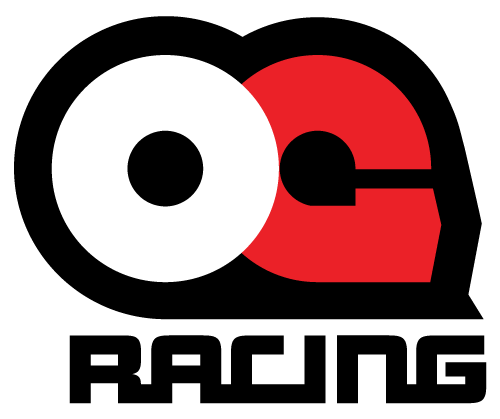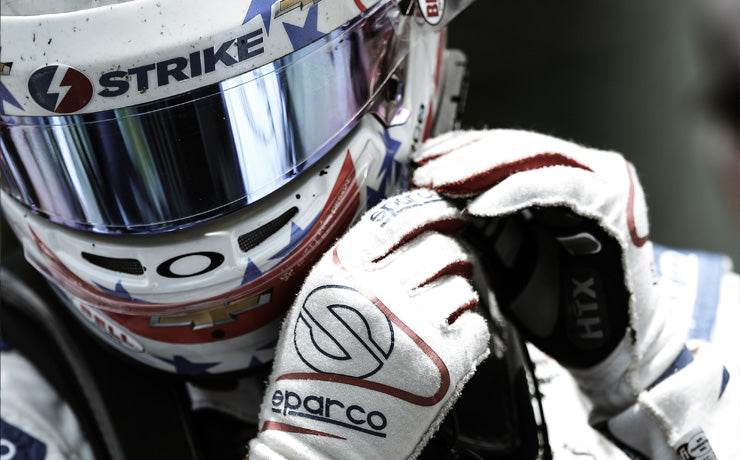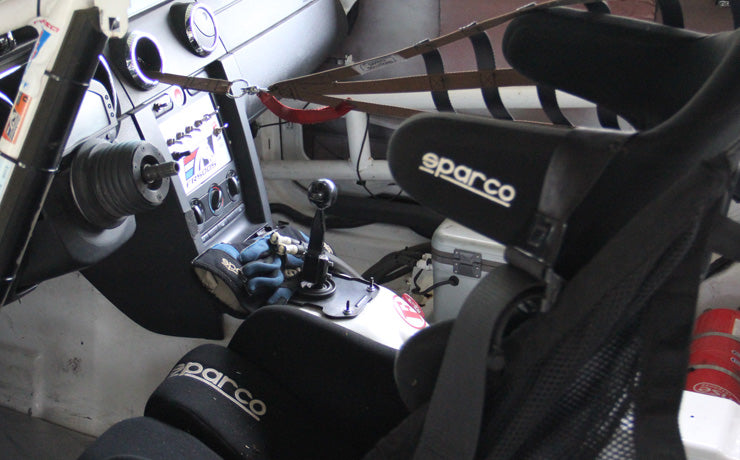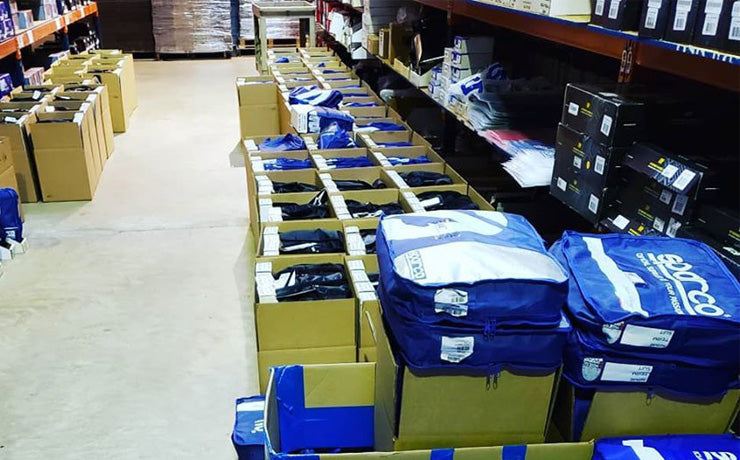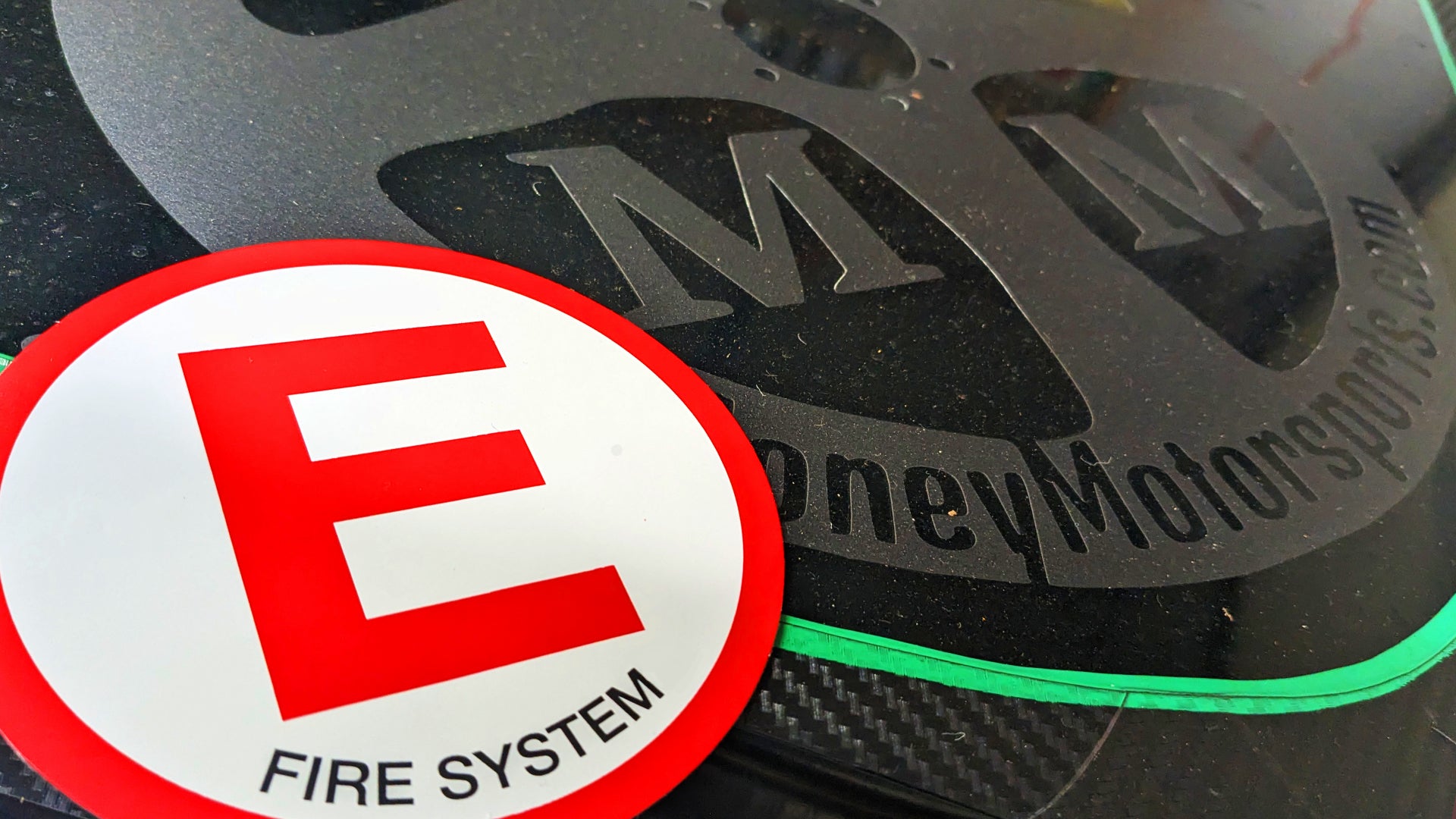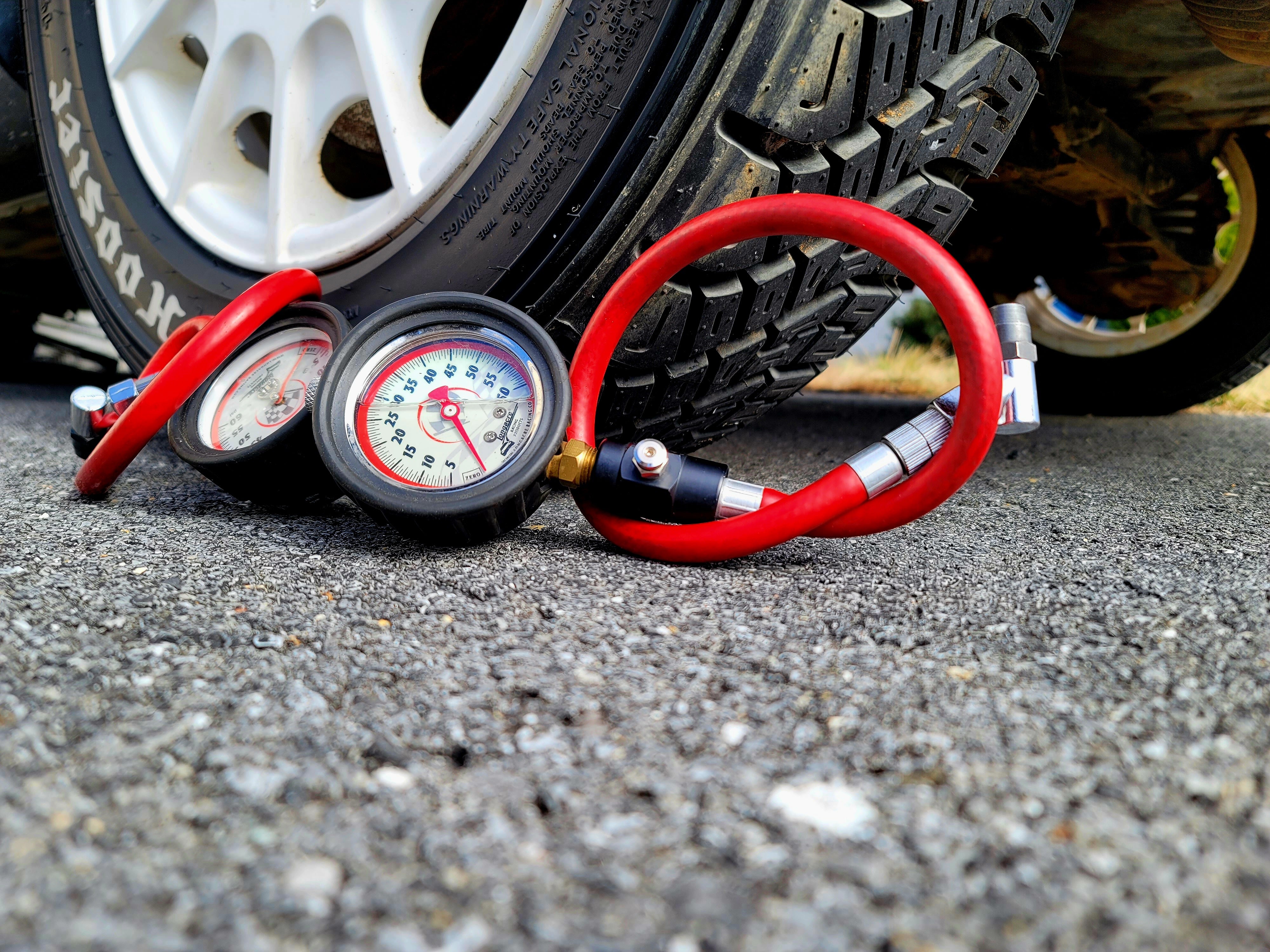
Tire Pressure Gauge Buyers Guide (Why are there so many options)
Why are there 36 tire pressure gauges on our website! At this point, the options have options, so how are you supposed to choose? After all, you're just measuring tire pressure, right? Yes, you are 100% only measuring one simple yet crucial part of understanding your tires' link to the track surface. While tire pressure sounds like a simple topic, it's anything but that. The air pressure in your tires is the first step in all track tuning, and I promise there is a reason for that!
This isn't the article for debating if 36 or 37psi is going to get you onto the podium, but a guide to help you accurately measure just how much tire pressure you have. That said, I would like to share the ideal time for measurement and a little information regarding tire pressure. First, you will hear the terms hot and cold pressures; this is simple. Cold pressures will be the measurement before hitting the track, and really only then. Typically your car isn't going to sit long enough to get an accurate cold reading after your first session. Hot pressures are the pressures while you are on track. Since you can't typically get that on demand, your best option is to get a reading as soon as you can safely check them. The sooner, the better; the reason is to ensure you get an accurate representation of the pressures while you are on track. Typically I will start the first session just a little higher than I think it should be, then as soon as you hit the box on pit lane, bleed the pressures to 2 psi below the ideal hot temperature pressure. The 2 psi idea is based on the thought that you will get faster, and the ambient temperature will increase as the day continues. After that first session, your hot pressures will start to settle. Add and bleed air to your hot pressures as needed to maintain an ideal pressure. On a hot day, you may be surprised at how much pressure you are bleeding off.
Let's figure out how to get those measurements! This list is based on price, starting from the bottom and heading to the top.
0-60 Longacre Standard Tire Pressure Gauge
https://www.ogracing.com/collections/garage-tire-gauges-tire-pressure-gauges/products/longacre-standard-tire-gauge-0-60-psi
This little guy may be first on the list, but it's a good first gauge. The Longacre Standard tire pressure gauge has a 14" flexible rubber hose and internal dampener to provide a long life of accurate readings. Longacre even included their glow-in-the-dark backing for this 2" 0-60 psi display. The gauge is wrapped in the same rubber boot as its big brother, the Deluxe, to guard against bumps and bangs. One thing to note is that this gauge does not hold pressure once the chuck has been removed from the valve stem like the rest of the Longacre family.
0-60 Longacre Deluxe Tire Pressure Gauge
The Deluxe picks up everywhere the Standard slacks off and could be the best first and last gauge that you buy. These are the gauges that I typically use. They have a high-flow bleed-off valve that gets those pressures set way faster. Featuring a very flexible 17" hose, swiveling chuck, and an internal gauge dampener for a long life of super accurate measurements. Longacre chose the larger 2.5" display window with a glow-in-the-dark backing and 1/2 psi increments. This gauge is also wrapped in a rubber boot to try and keep it safe.
0-60 Longacre Magnum Tire Pressure Gauge
Tired of squinting at those small gauge faces? Well, the Magnum fixes all of that. While it isn't the most enormous gauge face offered, it is the easiest to read. The face measures 3.5" on the Magnum, utilizing Longacre's glow-in-the-dark backing with bold 1/2 psi increments. A great feature is the dual bleed buttons, they make dumping air so much faster! Other key features are the gauge internal dampener to ensure many years of accurate readings and a pressure hold feature, so you have control when you are reading on the move. Comes with a 17" rubber hose and two air chuck options; the swivel angle chuck is what comes installed.
0-100 Longacre Basic Digital Tire Pressure Gauge
Digital more your speed? No worries, the Basic digital gauge is a great option, reading accurately up to 100 psi. This will handle most of the other tires around the house. The display offers large font on a 2" face and comes set to psi but is switchable for all of you metric users. Equipped with a 14" hose and angled chuck, it includes a standard ball chuck as well. It does take those annoying little LR44 batteries, so if that is a deal breaker... you've been warned.
0-60 Longacre Pro Digital Tire Pressure Gauge
The Pro digital gauge is a win if you like digital gauges with a large display, a long hose, regular batteries, and an auto-off. The Pro is here to please, for sure. The display has a tremendously easy-to-read back-lit function for low light reading and measures down to .5 psi. One of the best features is auto-off, which is user-adjustable. Dual bleed-off buttons aid in quick pressure release. And last but not least, it runs on two AAA batteries, so there are no unexpected "little" battery problems.
0-60 Longacre Liquid Filled Tire Pressure Gauge
Liquid-filled? Yea, because this wasn't complicated enough. So why fill the gauge with liquid? Simple. Reliability is the reason; the purpose of the liquid is to dampen as much of the harmful vibrations that the track can throw at it as possible. So what is the little knob on top? Fill for the fluid? That is a port to open before setting your pressures to allow the barometric pressure outside and the internal gauge pressure to equalize. This allows zero pressure difference that could result in a false reading. The gauge is glow-in-the-dark with 1/2 psi increments. The gauge comes with a 17" hose and angle chuck installed. There is a standard ball chuck included.
0-60 Longacre Pro Precision Tire Pressure Gauge
The Pro Precision is the gauge that can read from the space station. Measuring in at 4 1/2", this is the largest face on a tire gauge that I know of. The Pro Precision is all just size over substance, though, featuring dual bleed valves, a pressure hold valve, and a super flexible 17" hose. This gauge has all of the other features that make Longacre analog gauges so good, but it adds a display that the tire Gods can view.
Longacre Temperature Compensated Digital Tire Pressure Gauge
The Longacre Temperature Compensating Tire Pressure Gauge.... because tire pressure isn't hard enough already. This is a fantastic gauge, and it does incredible things, but this, in my opinion, is overcomplicating the situation. This gauge measures the tire temperature using a tire probe and then corrects the reading to read what your tire would read without the additional temperature. While I completely get the reasoning, I fail to see the benefit. This is one of those if it isn't broken, don't fix it types of things for me. One cool thing is that it records all for pressures so you can review them after you have measured them, saving you some time in the pits. It also has three bleed valves; it sort of feels like you are playing an instrument, but it does bleed air off really fast! If you like data and like complicated situations, this is the gauge for you, without a doubt!

In conclusion, there are many options, and you can go from simple to scratching your head levels of complicated. I recommend getting the gauge that does what you need and reads what you need. Get a gauge with a pressure range that meets your needs without getting close to the limit. Over-pressuring a gauge is the fastest way to ruin one, so if your ideal pressure is 38 psi, get a 60 psi gauge at a minimum so that you have some wiggle room. No matter what, get a gauge and check your tire pressures often. Literally, you can't check them too much. Remember, tire pressure is the best free tuning tool that you didn't even know you had.
